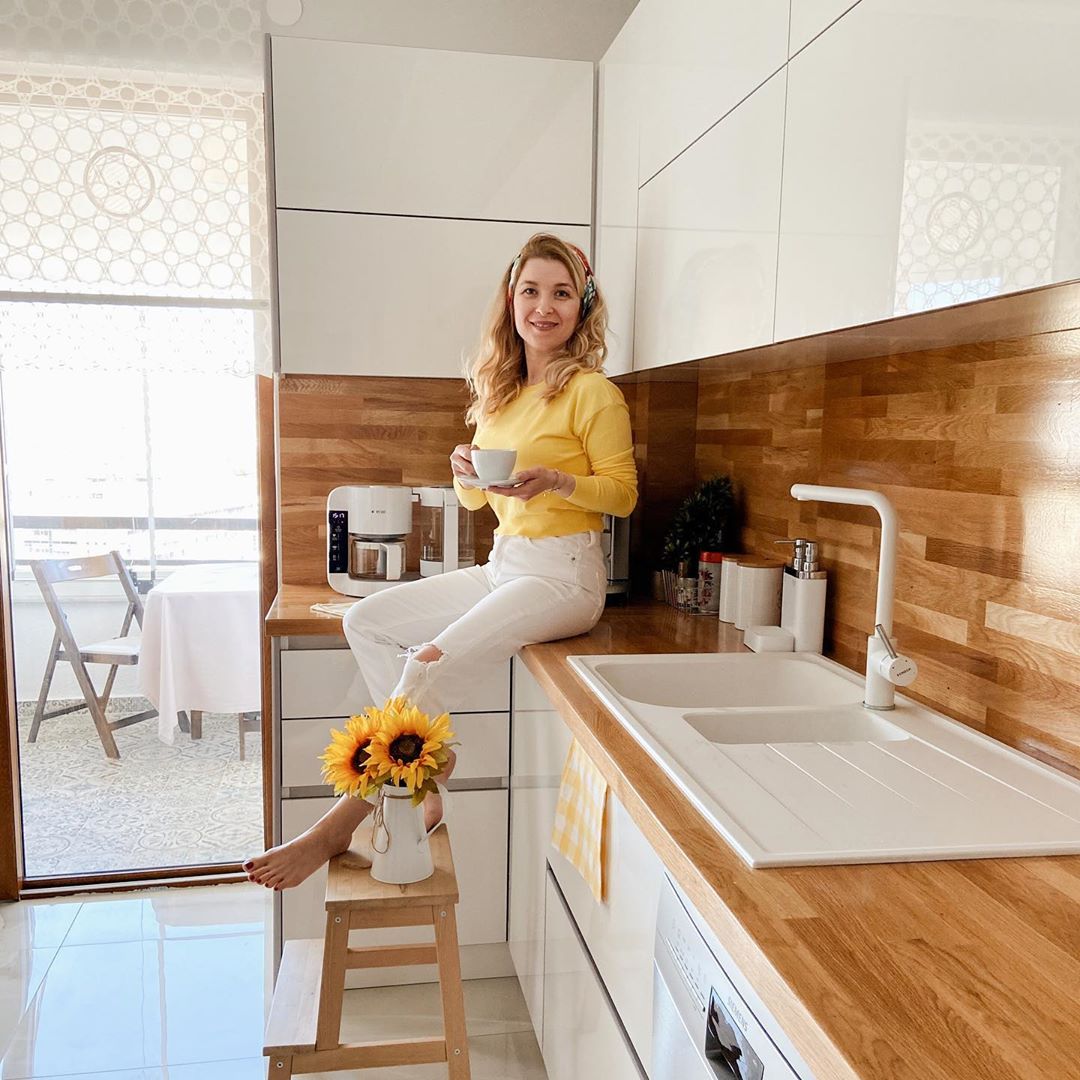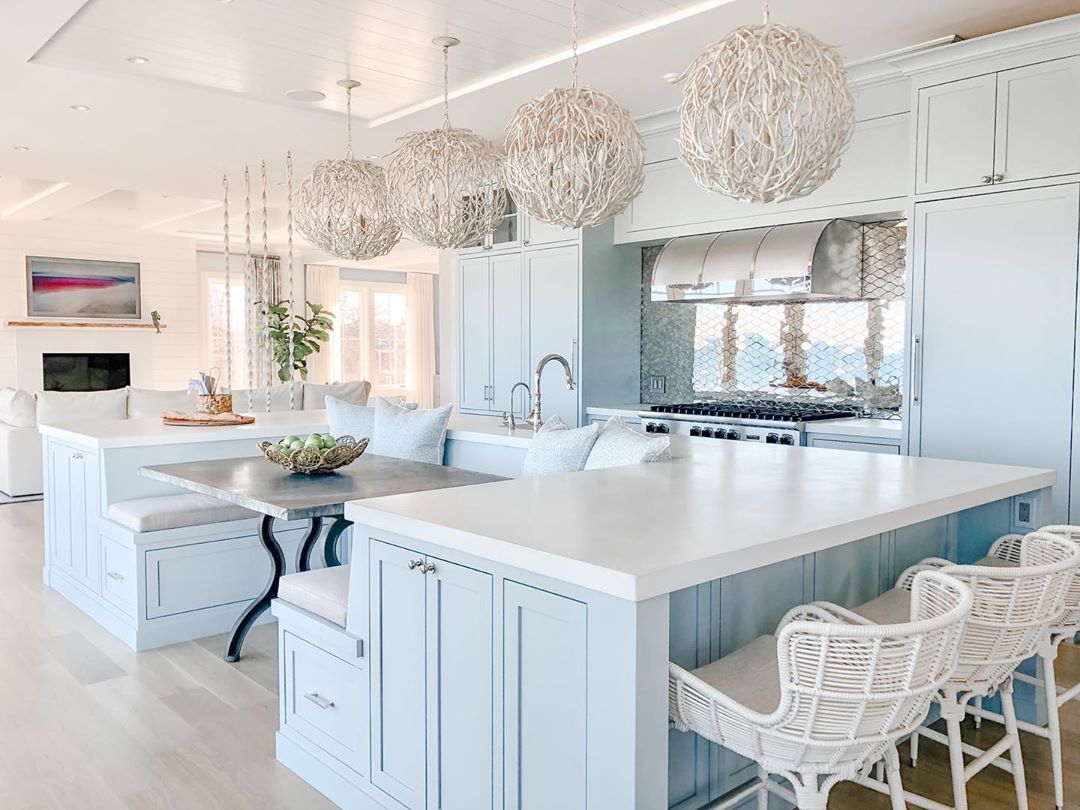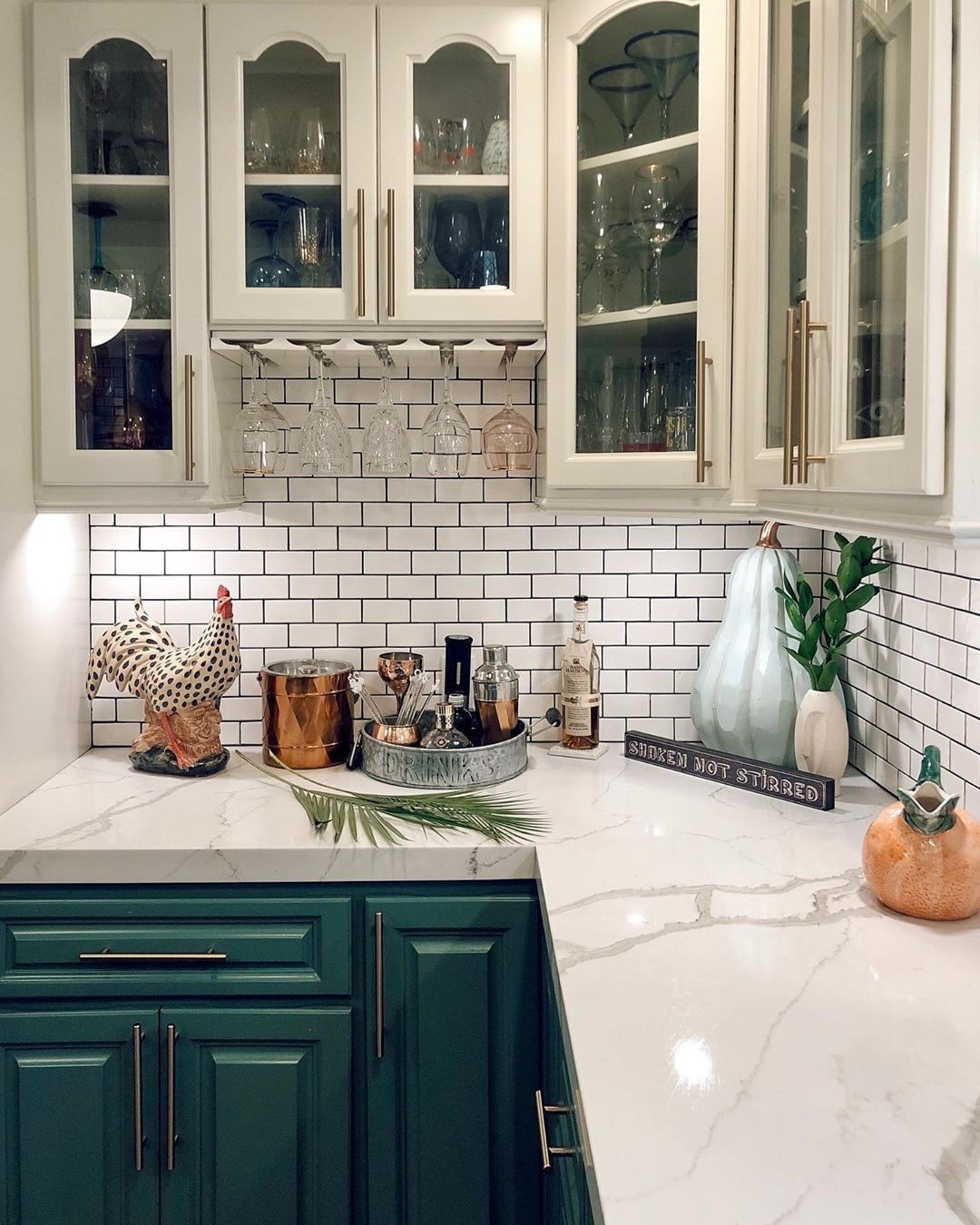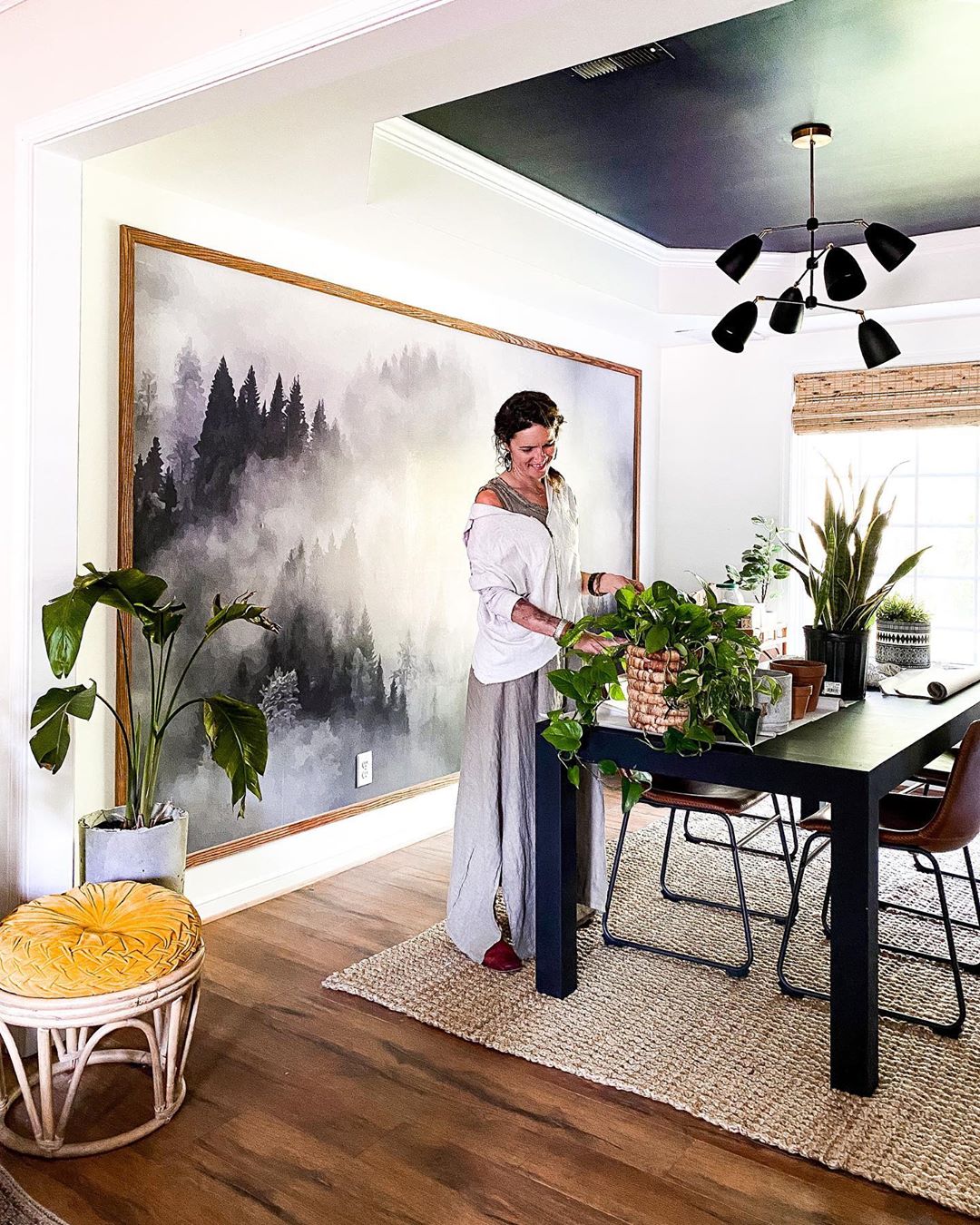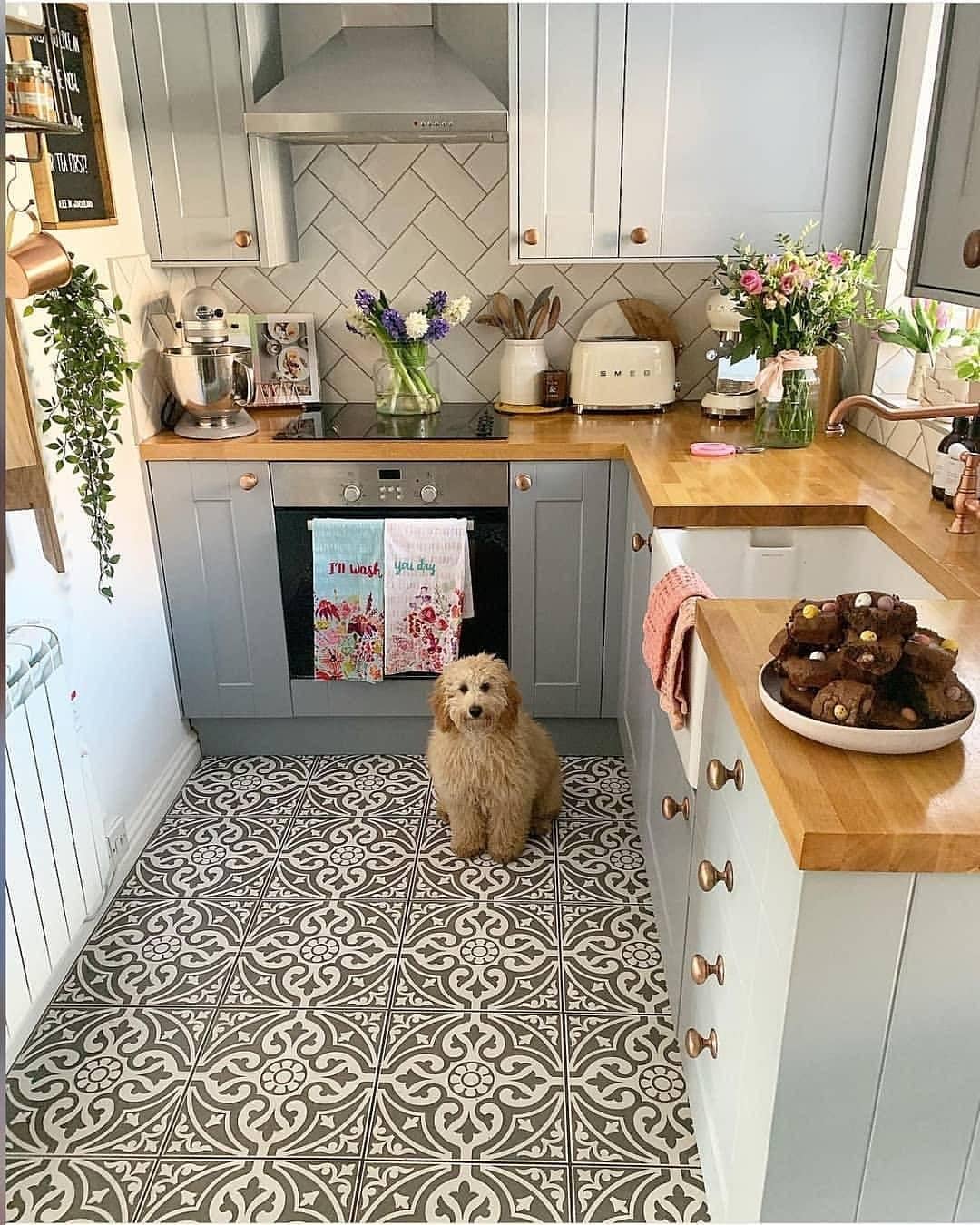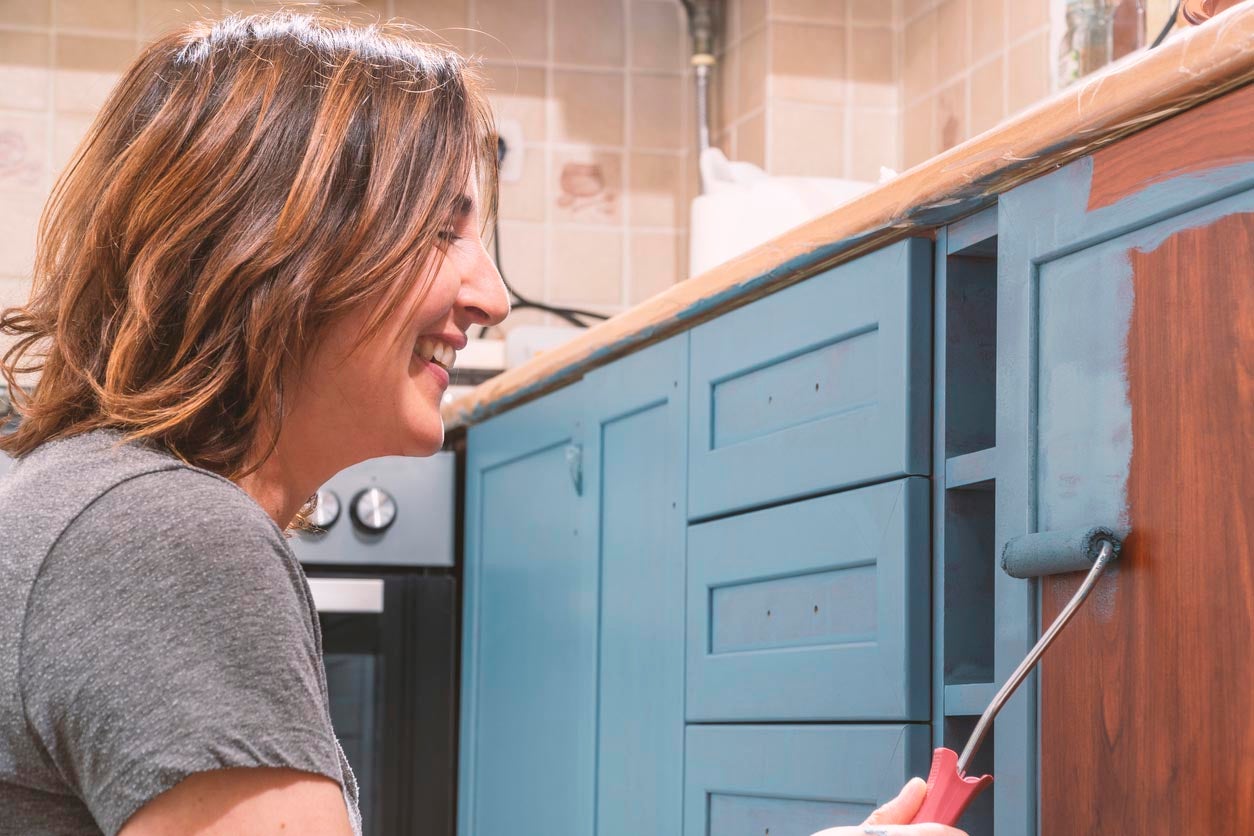
Painting cabinets is a great way to change the look of your kitchen, bathroom, or any other room in your home. Whether you are updating old cabinets or giving your new ones a fresh coat of color, painting cabinets is a fun and easy DIY project. In this essay, we will discuss the steps to paint a cabinet in detail.
How to Paint Your Kitchen Cabinets
Firstly, preparation is key before tackling any painting project. Start by removing all hardware from the cabinet doors and drawers, including hinges, knobs, and handles. This will allow you to paint the entire surface without any obstructions. Then, clean the surfaces thoroughly with warm soapy water, and let them dry completely.
Next, sand down the surface of the cabinets to remove any rough patches or old paint. Use a fine-grit sandpaper to ensure that the surface is smooth and paint-ready. After sanding, wipe down the surfaces again to remove any dust particles. The next step is to prime the cabinets. This step is crucial for getting the paint to adhere correctly and creating a smooth finish. Use a good quality primer, and apply it evenly over the surface of the cabinets, using a paintbrush or roller. Let the primer dry completely before moving on to the next step.
Once the primer has dried, you can start painting the cabinets. Choose a paint that is specifically designed for cabinets, such as a semi-gloss or high-gloss paint. This type of paint is durable and easy to clean, making it perfect for high-use areas. Apply the paint in thin coats, starting from the center of the cabinets and working your way out. It’s important to make sure that the paint is evenly spread and not too thick or too thin. If necessary, apply a second coat of paint after the first one has dried. Finally, once the paint is dry, reattach the hardware to the cabinets, and admire your newly painted cabinets. With a little bit of time and effort, you can transform the look of your kitchen or bathroom without having to spend a lot of money.
In conclusion, painting cabinets is a simple and effective way to update your home décor. By following these steps, you should have no problem painting your cabinets like a pro. Remember, preparation is key, so taking the time to sand and prime the cabinets correctly will make all the difference in the end result. Once your cabinets are painted, sit back and enjoy the beautiful transformation of your space.
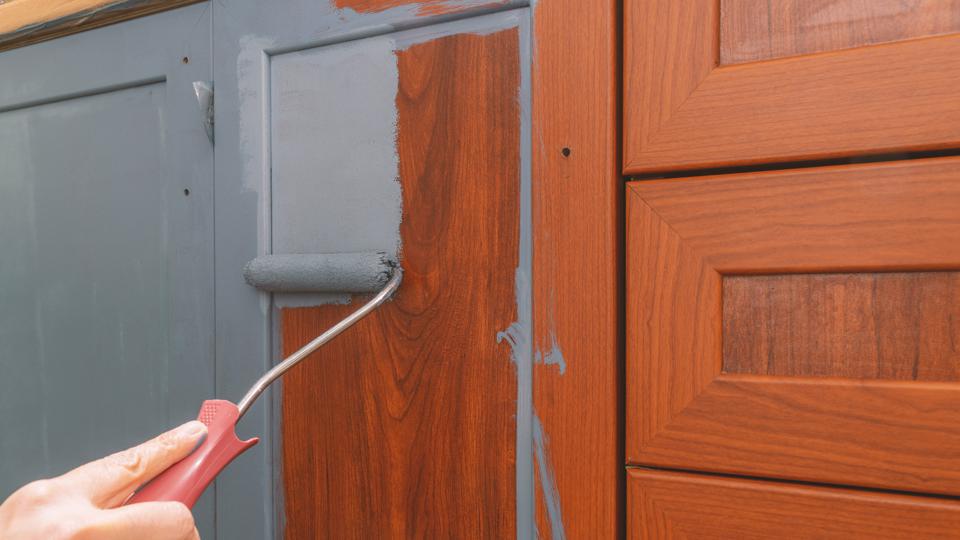
How To Paint A Cabinet
Do You Need To Sand Cabinets Before Painting?
When considering painting your kitchen cabinets, one of the most common questions that will arise is whether or not you need to sand them beforehand. The answer is a resounding yes: sanding is an essential step to ensuring a professional, long-lasting finish. In this essay, we’ll take an in-depth look at why sanding is so important, the proper techniques to use, and what tools and materials you’ll need to get started.
Sanding is crucial because it helps create a smooth, even surface for the paint to adhere to. Without proper sanding, the new paint may not stick properly to the surface of the cabinets, resulting in a rough or uneven finish that can easily chip or peel over time. Additionally, sanding is also important for removing any existing finishes or stains that may be present on the cabinets. To begin the sanding process, you will first want to gather the necessary tools and materials. These include a sanding pad or sandpaper, a vacuum cleaner or cleaning cloth, and a cleaning solution. You may also want to wear a mask and protective gear to avoid inhaling dust or particles.
Once you have everything you need, start by removing any hardware or non-wooden elements from the cabinets, such as handles or knobs. Then, begin sanding the surface of the cabinets with a sanding pad or sandpaper. Be sure to use a fine-grit sandpaper, as coarse options may cause more harm than good to the surface of the cabinets. Sand in a circular or back-and-forth motion, avoiding any heavy pressure that could damage the wood. As you sand, use a vacuum cleaner or cleaning cloth to remove any dust or debris caused by the sanding process. After sanding, take the time to thoroughly clean the surface of the cabinets with a cleaning solution. This will help to remove any remaining dust or particles that may be lingering on the surface. Be sure to use a non-abrasive cleaner so as not to damage the freshly sanded surface.
In summary, sanding your kitchen cabinets is a crucial step in ensuring a beautiful, professional paint finish that will last for years to come. By using the proper techniques and equipment, you can achieve a smooth, even surface that is perfect for painting. Take the time to properly sand your cabinets before painting, and you’ll enjoy the beautiful results for years to come.

